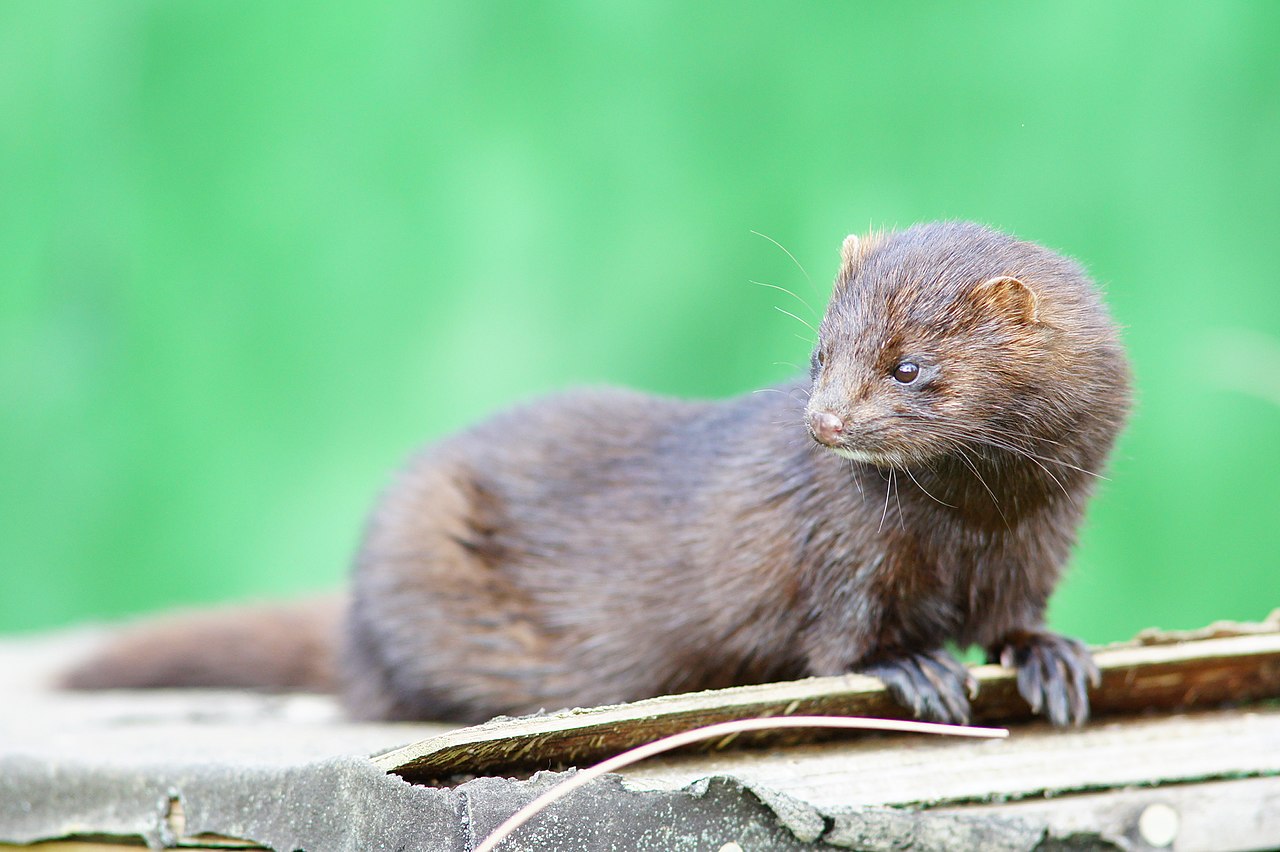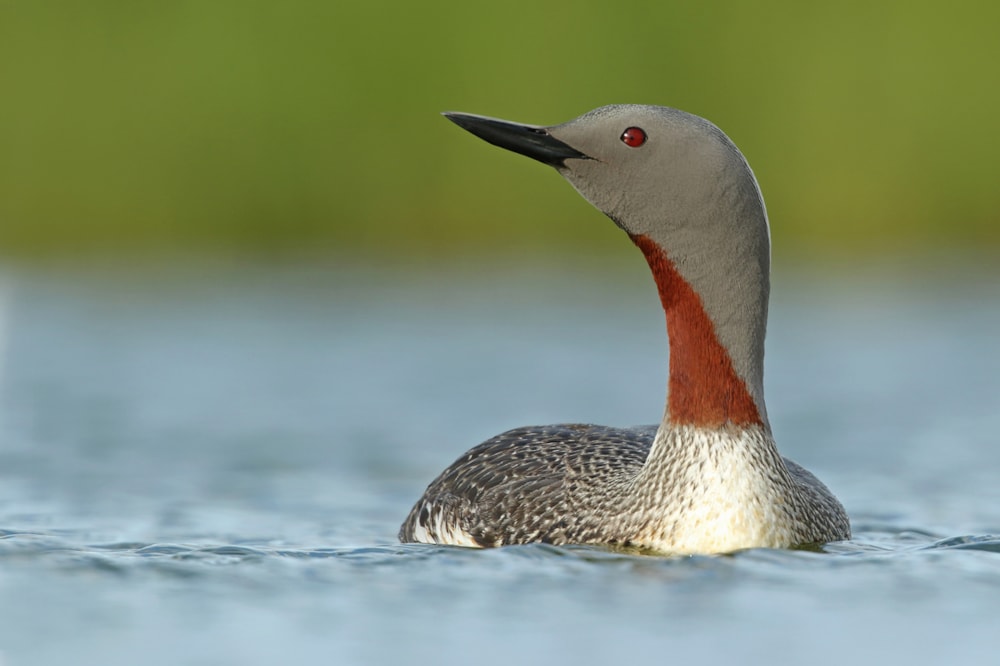A complex and challenging 17-year project to eradicate American Mink from the Outer Hebrides has proved a success, says Scottish Natural Heritage (SNH).
At 1,895 square miles – an area twice the size of Fife – the remoteness and scale of the Outer Hebrides location meant significant challenges for the project to overcome. Hundreds of islands contribute to a coastline of approximately 1,500 miles – 15 per cent of Scotland's total. Over 7,500 freshwater lochs – around 24 per cent of Scotland's total – helped invasive mink grow to dense populations rarely reached in their native North America.
The introduction of mink in Scotland has been directly connected to the fur farming industry established in the 1950s. In the Outer Hebrides fur farms on the Isle of Lewis went out of business in the 1960s and feral populations quickly became established. Small-scale control operations carried out by sporting estates and an attempt by SNH to prevent the mink population spreading south had limited effect. By 1999, breeding populations of mink were established on North Uist and Benbecula. To date, 2,198 mink have been caught, with only two non-breeding females and associated males caught in Lewis and Harris in the last 18 months. However, mink are still being seen on the Uists with some regularity, meaning there is more work still to be done.

Self-sustaining populations of American Mink pose a great threat to native wildlife, including birds (Peter Trimming / commons.wikimedia.org).
Local reports suggest that the isles' breeding birds are already beginnning to recover. Murray Macleod, an operator with tourist boat provider SeaTrek, commented: "Boat operators are already starting to see the results of the mink project. We have changed our tourist routes this year, because in places where there used to be no bird populations to view, [we are] now seeing colonies of terns with chicks. It's been an incredible boost to local tourism – and of course you can't top the delight on visitors' faces when they see our native birds thriving."
Scottish Natural Heritage Area Manager for Argyll and the Outer Hebrides, David Maclennan, commented: "Invasive species are one of the greatest threats to the beauty and variety of our nature. But the Hebridean Mink Project shows that we can take on invasive species – and win. It is fantastic to start welcoming back our native species. A range of factors are likely to be at play, but local people are telling us that a mink-free Outer Hebrides is having a hugely positive effect on wildlife and the economy."

Sensitive, ground-nesting species, such as Red-throated Diver and various terns and waders, are all set to prosper in the Outer Hebrides (John Dickenson).
Cabinet Secretary for the Environment, Roseanna Cunningham, said: "The successful removal of non-native mink from the Hebrides is a significant achievement, and is the result of the sustained commitment and effort of all the staff involved. I am delighted that we are already seeing positive results, bringing the return of the seabirds and wading birds which the islands are world-famous for. This will provide a real boost for nature tourism in the Hebrides."
Mike Cantlay, Chair of Scottish Natural Heritage, added: "We are delighted that all the hard work has been successful for the nature of the Hebrides. Mink – an invasive non-native species – prey on ground-nesting birds and fish. With major funding from the EU Life programme, at the project's height a team of just 12 core Scottish Natural Heritage staff worked as teams of trappers to remove mink and help bring back native birds to one of the remotest, wildest landscapes anywhere in Scotland."
No comments:
Post a Comment